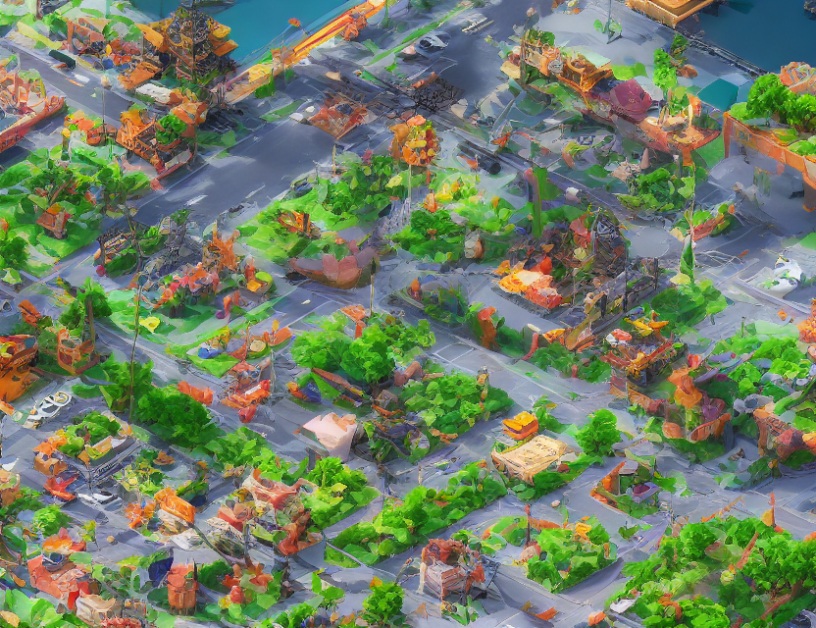In this paper, the authors present a new approach to image generation using a technique called "StyleGAN-XL." This is an extension of the popular StyleGAN model, which was introduced in 2019 and has since been widely used in the field of computer vision. The main idea behind StyleGAN-XL is to scale up the original StyleGAN model to larger datasets and improve its performance by incorporating new techniques such as weight normalization and attention resizing.
The authors explain that traditional neural network architectures have limitations when it comes to scaling up to large datasets, which can lead to problems such as overfitting and slow training times. To address these issues, the authors propose a new architecture called CONFIG C, which involves using a combination of convolutional layers, attention mechanisms, and normalization techniques to improve the efficiency and accuracy of the model.
One of the key innovations of StyleGAN-XL is the use of weight normalization, which helps to stabilize the training process by reducing the effects of vanishing gradients. The authors also introduce a new technique called attention resizing, which allows the model to focus on specific parts of the image when generating new samples.
Another important aspect of StyleGAN-XL is its ability to generate high-quality images with diverse styles and structures. The authors demonstrate this by showing examples of images generated by the model, which are visually striking and exhibit a range of different styles, such as abstract art and realistic landscapes.
Overall, the paper presents a significant advancement in the field of image generation using GANs, and demonstrates the potential of StyleGAN-XL for a wide range of applications, including but not limited to computer vision, graphics, and art. The authors provide detailed explanations of their methodology and results, making it accessible to readers with varying levels of expertise in the field.
Computer Science, Computer Vision and Pattern Recognition
Unlocking Image Generation with Improved Captions and Group Normalization



